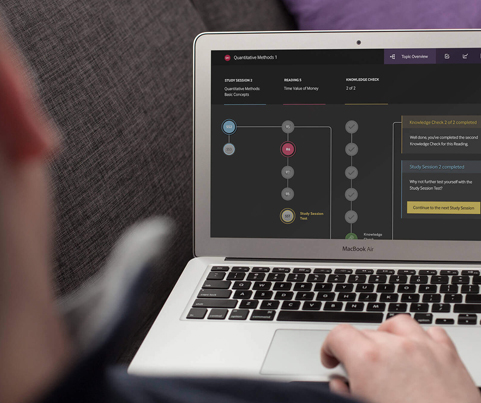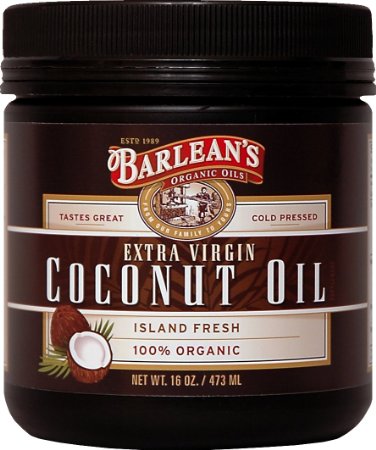Contents:


This is why they are recorded in the books of accounts as long-term assets, specifically in a company’s balance sheet. Once a piece of equipment is acquired, it is not immediately registered as an expense. Asset costs are, however, considered throughout each asset’s lifespan. The key characteristics of plant assets are their revenue generation focus, tangibility usefulness, and how long an asset’s usefulness can last. Plant assets are reported differently than other assets on a business’s accounting sheets.
- Thus, for accounting and plant asset disposal, they are recorded at cost, and are depreciated over the estimated useful life, or the actual useful life, whichever is lower.
- Plant assets, also known as fixed assets, are any asset directly involved in revenue generation with a useful life greater than one year.
- Depreciation is revised when changes in estimates such as salvage value and useful life occur.
- However, that’s not a great definition for “does it sit inside my CMMS?
wave accounting of capital expenditures are extraordinary repairs and betterments. The assets employed in the business unit for the long-term purpose of producing goods or services are known as plant assets. Now that you’re ready to expand your business and bring your plant assets up to speed, it’s time to educate yourself on making smart decisions. Get hands-on learning from this top-rated class on real estate investment analysis. If you know how to understand different financial analysis reports, then you can readily make sense of how a company structures its plant assets. Read this great blog post on financial analyses for examples and explanations.
Accounting Problems: Common Errors That Can Devastate You
Anything a company owns that holds value qualifies as an asset. Accountants record every asset on a company’s balance sheet, even if it was bought using credit. The company still owns the asset, and an accountant will record its full value on the asset side of the balance sheet and the corresponding payment obligation on the liability side of the balance sheet. Depreciation allows a company to estimate its non-cash expenses during the financial year as they prepare the balance sheet. Equipment, machinery, buildings, and vehicles are all types of PP&E assets. Government & Civil Assets Explore asset tags designed for permanent attachment to government assets.

Land does not have a limited useful life and therefore is never subject to depreciation, though various land improvements such as adding fencing, may be depreciable. Rather it is the allocation of the cost of a tangible plant asset to expense in the periods in which services are received from the asset . Depreciation is the process of allocating asset costs over its entire life. This allocation is done in a way that the cost of the asset is charged to the accounting periods during the economics life of the asset and decreases the net value of the fixed assets . PP&E is recorded on a company’s financial statements, specifically on the balance sheet. To calculate PP&E, add the amount of gross property, plant, and equipment, listed on the balance sheet, to capital expenditures.
Almost all plant assets are tangible assets meaning they are used in the production process. Workers and operators of these assets need to be able to use assets to make a good, provide a service, or to improve a product. Part of an asset’s value is connected to the health or the duration of the asset. This means keeping equipment properly maintained, updating buildings, adding accessories to machinery, or advancing property in other ways. Improving the capital goods not only can maintain value of an asset, but certain improvements can even add value.
Are your FMEAs focused on the asset or plant level?
It represents the amount of value the owner will obtain or expect to get eventually when the asset is disposed. Depreciation is the wear and tear of the asset, which occurs due to its daily usage. In loose terms, the difference between the salvage value and the actual cost of the asset is known as depreciation. There are different ways through which a company can provide for reducing the cost of the asset. Different forms of insurance may also be treated as long-term investments. I mean, you’re, you’re probably by that point at like 60-65% reliability.
- The most popular building assets are office buildings, retail spaces, warehouses and factories.
- An independentappraisal valued the land at $275,625 and the communication equipmentat $91,875.
- Also referred to as PP&E , these are purchased for continued and long-term use to earn profit in a business.
- I mean, you’re, you’re probably by that point at like 60-65% reliability.
- Therefore, greater deductions are allowed in the starting life of the assets than in subsequent years.
- A fixed asset is a long-term tangible asset that a firm owns and uses to produce income and is not expected to be used or sold within a year.
Plant assets are a group of assets used in an industrial process, such as a foundry, factory, or workshop. These assets are a subset of the fixed assets classification, which includes such other asset types as vehicles, office equipment, and intangible assets. Plant assets fulfill the usual criteria for a fixed asset, which means that their initial cost exceeds the capitalization limit of the entity, and they are expected to be used for at least one year. They must also be reviewed for impairment at regular intervals. This classification is rarely used, having been superseded by such other asset classifications as Buildings and Equipment.
Unit 11: Plant Assets and Intangible Assets
This is where an asset is allocated a specific duration in which it is expected to provide value, also known as useful life. If a company purchases a machine for $50,000 and the machine is given a 5-year useful life, then the depreciation recorded in the expense account every year will be $10,000. This means that the machine will depreciate by $10,000 every year. Plant assets are deprecated over their useful lives using the straight line or double declining depreciation methods. Since plant assets all have a useful life of more than one year, they would be considered long-term assets.
The Ascent is a Motley Fool service that rates and reviews essential products for your everyday money matters. We’re firm believers in the Golden Rule, which is why editorial opinions are ours alone and have not been previously reviewed, approved, or endorsed by included advertisers. Editorial content from The Ascent is separate from The Motley Fool editorial content and is created by a different analyst team.
A business might own small buildings like office space or a small storefront, or larger structures such as storage facilities, warehouses, or large headquarters for their employees. It’s impossible to manufacture products without equipment and machinery, or a building to house them. If the equipment or machinery in question is a necessary part of your business operation, it’s a plant asset. One of the plant assets characteristics is used to manufacture the goods and services, whereas the latter is used up during the manufacturing process as raw material.
PP&E are vital to the long-term success of many companies, but they are capital intensive. Companies sometimes sell a portion of their assets to raise cash and boost their profit or net income. As a result, it’s important to monitor a company’s investments in PP&E and any sale of its fixed assets.
If the https://1investing.in/ is less than a year, it will fall under current asset. A plant asset is an asset with a useful life of more than one year that is used in producing revenues in a business’s operations. You still have to evaluate the cost of that replacement versus the cost of lubricating it, because the process still dictates that you go through some cost analysis and that’ll be in further episodes.
Cash proceeds revert to the fund which supported the original purchase. Losses and/or gains on the disposition of assets traded in on other assets are not recognized nor is accumulated depreciation figured on assets traded in when determining the cost of a new asset acquired. The present value of the minimum lease payments equals or exceeds 90% of the fair market value of the leased property. If the present value of the minimum lease payments is reasonably close to the fair market value of the property at the inception of the lease, the property is effectively being purchased.
Business Operations
It is anything that can be used to produce positive economic value. Assets represent value of ownership that can be converted into cash .The balance sheet of a firm records the monetary value of the assets owned by that firm. It covers money and other valuables belonging to an individual or to a business. Current assets or liquid assets are those assets that can easily be converted into cash and are in the business for a short period of time, generally less than or equal to one year. The liquidity of current assets is significantly greater than that of fixed assets. A long-term asset, often known as Plant Assets, is an investment that a company preserves and does not convert into liquid cash for a period of about one or more years.
Plant assets, like all fixed assets, are considered long-term assets with a useful life of more than a year. In addition, plant assets are actively used in the generation of revenue and are considered necessary for a company to earn a profit. All purchased property should be capitalized at purchase price plus acquisition costs. If buildings need to be razed for the land to be used for the purpose for which it was purchased, the cost of razing should also be capitalized as land.

Prepaid expenses – these are expenses paid in cash and recorded as assets before they are used or consumed . In the financial accounting sense of the term, it is not necessary to have title to an asset. An asset may be recognized as long as the reporting entity controls the rights the asset represents. If you’re not sure what the cost of downtime is, then you have to talk to finance, right?
What Is a Fixed Asset in Accounting? With Examples – Investopedia
What Is a Fixed Asset in Accounting? With Examples.
Posted: Sat, 25 Mar 2017 20:28:46 GMT [source]
Understanding that, and you know how critical it is to the process, is very important. Any asset that can impact any of those goals has a severity factor. And so when you’re going through severity, you’re looking at all those types of factors. In this episode of Assets Anonymous, George Williams and Joe Anderson say get to know your assets by determining their criticality. An insurer generally uses the replacement cost method to calculate the value of the asset for insurance purposes.
The categories of plant assets are generally divided into depreciable assets and non-depreciable assets. Depreciation is an expense; whereas, non-depreciable assets are not expensed. Noncurrent assets are a company’s long-term investments for which the full value will not be realized within a year and are typically highly illiquid. PP&E are assets that are expected to generate economic benefits and contribute to revenue for many years.
Capitalize only site work in substantially new areas unless the work is part of a new building. Preservation/Restoration – Maintaining special assets in, or returning them to a level of quality as close to the original as possible. In the last two centuries, a good number of researchers dealt with the problem of depreciation, which not only contributed immensely to the evolution of depreciation theory, but also gave rise to many new issues. The majority of these newly encountered problems appear to be inextricable, placing the subject in what seems to be an endless horizon .
